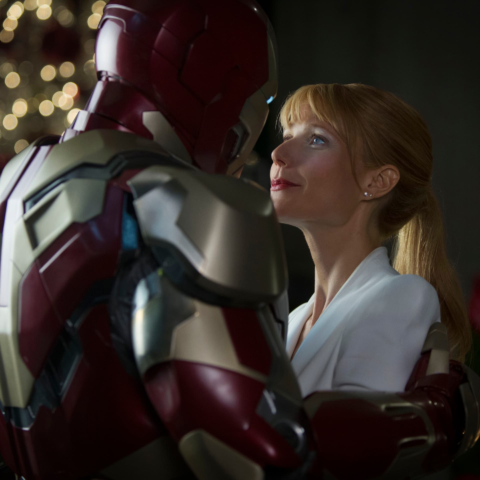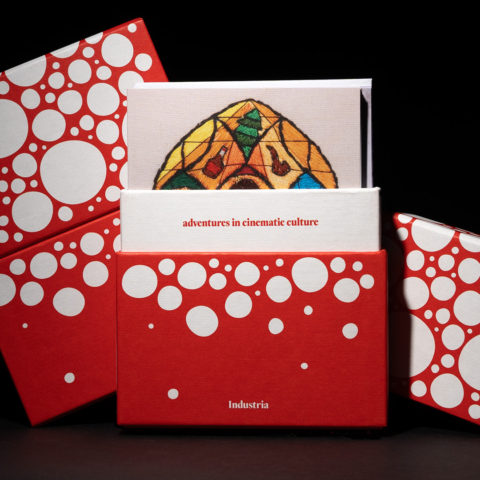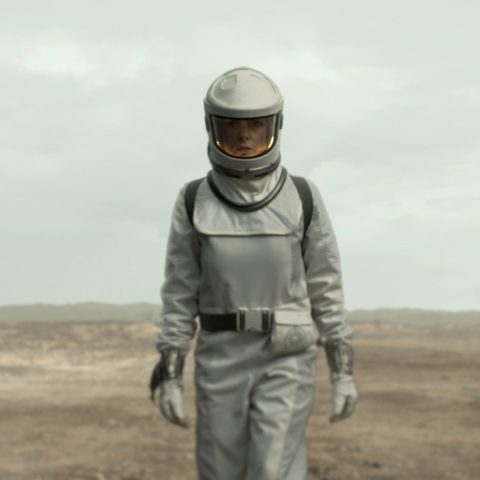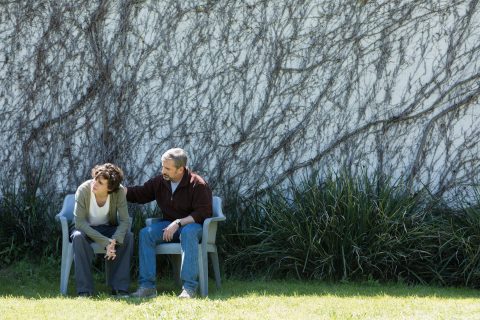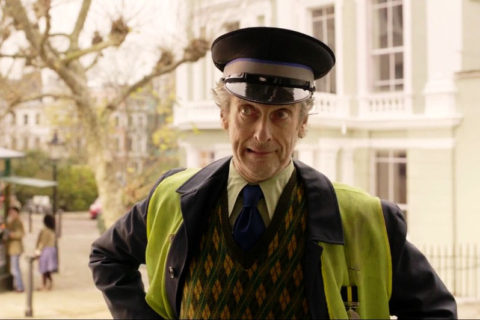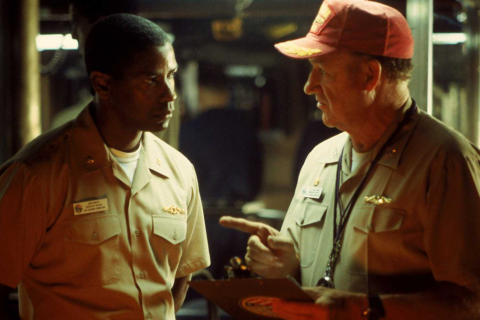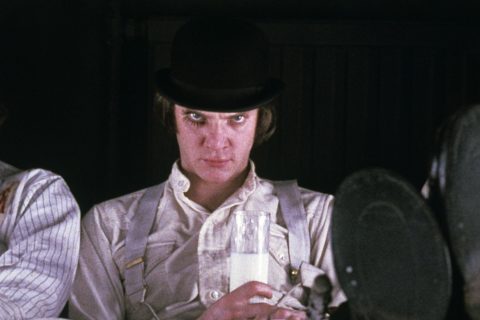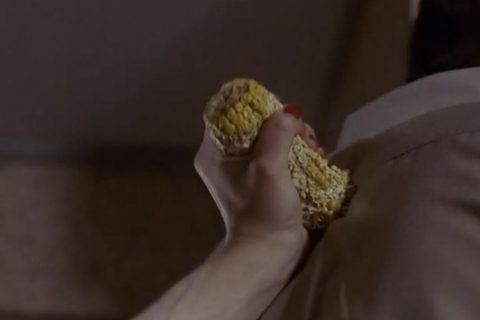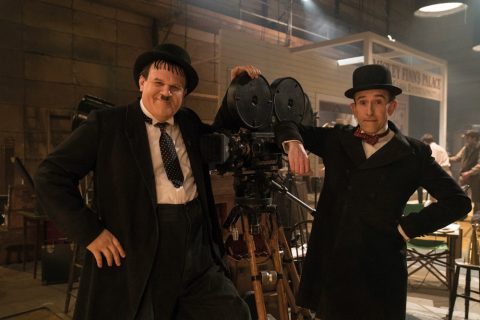Rush Hour
The 1998 buddy cop comedy Rush Hour was released in theaters on this day in 1998 to favourable reviews, and a net of $244 million worldwide. The film pairs the lightning fast reflexes of Jackie Chan with the comedic timing of Chris Tucker as mismatched cops out to rescue a diplomat’s kidnapped daughter. Despite its successes both financially and in bringing a wider spotlight to Jackie Chan himself, Chan does not look back favourably on the film stating, “I didn’t like the movie. I still don’t like the movie.” He particularly takes umbrage with his spoken English and inability to hear what the quick speaking Tucker is saying, though that did not stop him coming back for two more sequels – with a fourth a potential possibility according to a 2019 interview with Tucker: “It’s not in pre-production. We’re working on a few things for the script. Jackie wants to do it. I want to do it. The studio wants to do it.”
Did you know…
1) While it’s hard to imagine anyone but Tucker and Chan as the comedic duo, the role of Detective James Carter was originally offered to Eddie Murphy. Murphy, however, opted to shoot the 1998 flick Holy Man instead, which ended up both a box office and critical flop. “It was like, ‘You can go jump all over California with Jackie Chan or go to Miami and wear a robe for three months.’ I went to Miami and you see the results,” Murphy joked later.
2) Rush Hour may not be Chan’s first American production, but it is the first film in which the martial arts star got to keep his own voice. His previous English-language films (including Battle Creek Brawl and Rumble in the Bronx) used dubbing on his characters in post-production.
3) The film had a hand in the creation of review-aggregator Rotten Tomatoes. The website’s founder, Senh Duong, originally started the website in the summer 1998 to collate reviews of Jackie Chan’s Hong Kong films and was inspired by the upcoming release of Rush Hour. And, as they say, the rest is history…
Our clip comes from BTS footage of Jackie Chan running through a scene, followed by the scene itself.


